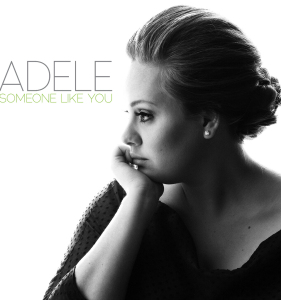Punk Sheet Music and the Raw Birth of a Music Revolution
Punk has finally arrived in our timeline of rock music. As someone who has long been a fan of heavy metal, I once approached the topic of punk with reluctance. The word might bring to mind images of Sid Vicious fumbling with a bass, or a sea of three-chord anthems. Yet if we look closely at rock’s evolution, punk was not an outlier—it was a necessity. It represented rebellion, friction, and transformation, the very lifeblood of music’s renewal. Without it, we wouldn’t have today’s diverse musical terrain.
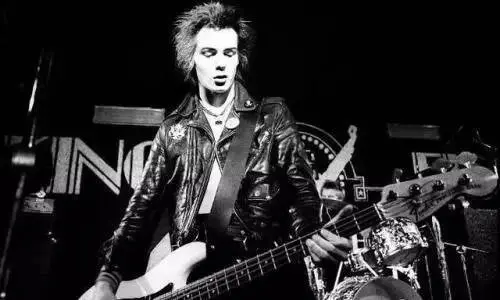
By the mid-1970s, mainstream rock had become polished and commercial. Its rebellious spirit had faded, giving way to stagnation. Punk’s arrival shattered this complacency. When the Sex Pistols exploded onto the scene, the music world—and youth culture at large—was stunned. Punk wasn’t just a sound. It was a statement, a lifestyle, and a challenge to conformity.
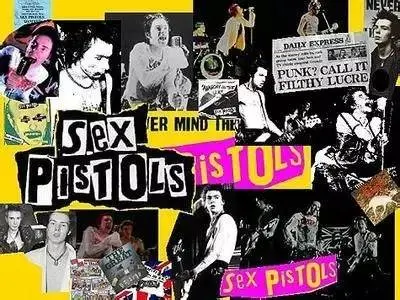
Proto-Punk and the Roots of Rebellion
Before punk had a name, its roots were already spreading. Proto-punk was never a movement in itself but a label given later to artists who laid the groundwork. In the mid-60s, garage rock bands had already begun embodying punk’s rawness: short tracks, shouted vocals, and gritty guitars. One standout example is The Sonics' Here Are The Sonics, a blueprint for the chaotic energy later captured in punk sheet music.
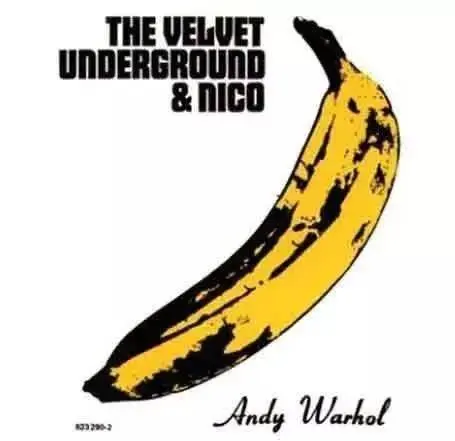
Meanwhile, The Velvet Underground’s 1967 release with Nico, and their 1968 follow-up White Light/White Heat, heavily influenced what punk would become. These bands shaped both the sound and the attitude that defined punk, and many piano online lessons now include simplified versions of these influential tracks for new learners.
In 1969, Iggy Pop and The Stooges brought proto-punk to life with a self-titled debut that blended apathy with aggression. Iggy’s wails and wild persona made the band a raw emblem of rebellion. Their infamous track I Wanna Be Your Dog would later be covered countless times, its stripped-down riff perfect for those learning from easy sheet music.
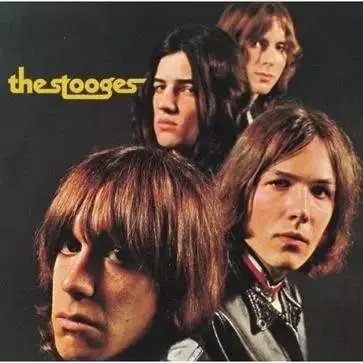
MC5, with their revolutionary politics and explosive performances, released Kick Out the Jams, a furious burst of noise and chaos. Their uncompromising spirit and fast-paced tracks made them a cornerstone in the formation of punk’s core identity.

As proto-punk matured, bands like The Stooges released Fun House and Raw Power, both essential to punk’s DNA. New York Dolls' albums New York Dolls and Too Much Too Soon also helped define the rawness that punk embraced. These artists became crucial entries in any evolving punk sheet music collection.
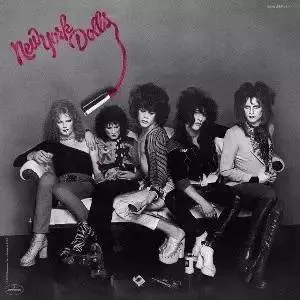
The Punk Explosion in the United States
The spark became a fire when The Ramones performed at CBGB in 1974. One year later, Punk magazine was born, solidifying a brand new cultural identity. Bands like The Stooges and The New York Dolls were featured, but The Ramones quickly became the face of this raw new movement.
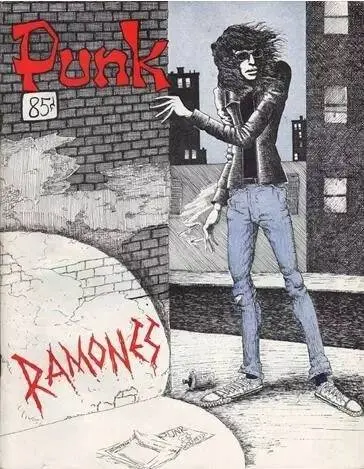
Also in 1975, the band Death—formed in Detroit—recorded …For the Whole World to See, a punk gem hidden for decades. Although it wasn’t released until 2009, their influence is now recognized in both history books and piano notes arrangements for punk learners.
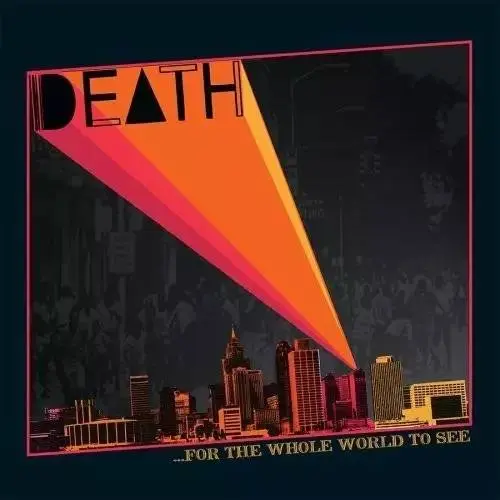
That same year, Patti Smith’s Horses emerged, poetic and unfiltered. Often credited as the first punk album, it showed how punk could embrace lyricism without losing its edge.
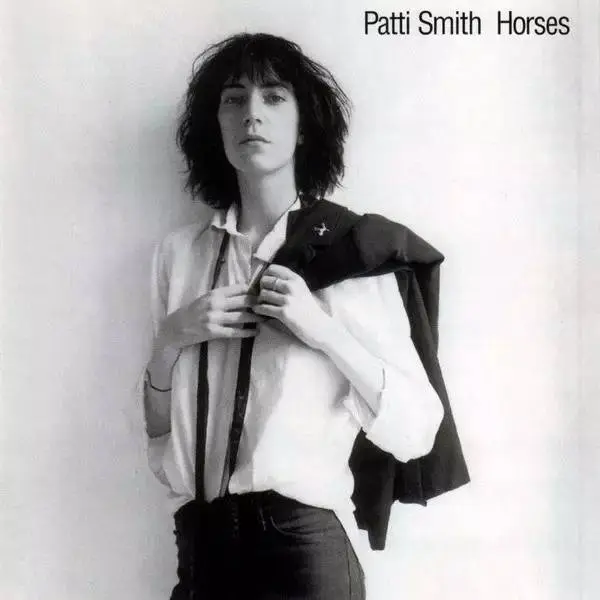
The Dictators, formed in 1973, dropped Go Girl Crazy! in 1975, while The Shirts also made their mark at CBGB. These early pioneers shaped the punk narrative before it had solidified into a genre.
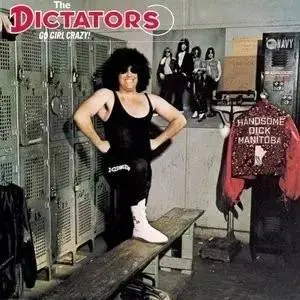
Lou Reed’s experimental Metal Machine Music (1975) pushed boundaries. Though polarizing, it represented punk’s willingness to disrupt expectations.
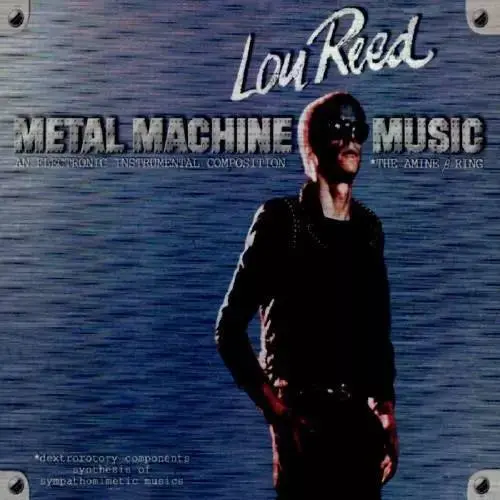
The Ramones’ debut album Ramones dropped in 1976. Initially selling poorly, it would eventually become one of the most influential records in punk. Its accessible melodies are now featured in piano online lessons for young punk fans.

1977: The Year Punk Took Over
By 1977, punk was thriving across America. Television’s Marquee Moon and Suicide’s self-titled album stood out. Suicide especially contributed to post-punk’s development, their use of synthesizers and eerie textures influencing genres beyond punk.

The same year saw a burst of releases: Talking Heads’ 77, Richard Hell’s Blank Generation, Dead Boys’ Young Loud and Snotty, and The Runaways’ Queens of Noise. These albums would later become popular sources for easy sheet music adaptations, especially among youth learning the genre.
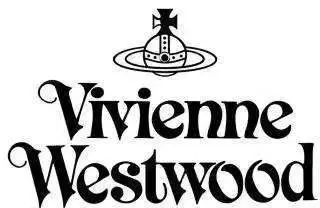
The UK Responds
Punk’s energy traveled quickly to the UK. In 1975, Malcolm McLaren helped form the Sex Pistols, hoping their image could help promote his girlfriend’s fashion brand. The band quickly became legendary despite chaotic live shows and power outages during performances.
McLaren also had a hand in forming London SS, a short-lived band whose members later formed The Clash, The Damned, and Generation X. This split helped define the punk scene in London.

A pivotal moment came on June 4, 1976, when the Sex Pistols played in Manchester. Among the tiny audience were future members of Joy Division, The Fall, and The Smiths. This single show sparked a northern punk revolution.
The Ramones' performance in London that July gave the UK punk scene added fuel. September’s 100 Club Punk Special included many future legends—Siouxsie and the Banshees, The Damned, and Buzzcocks among them.

In October, The Damned released New Rose, the UK’s first punk single. A month later, the Sex Pistols unleashed Anarchy in the U.K., cementing their place in musical history and shaping countless punk sheet music transcriptions for generations to come.
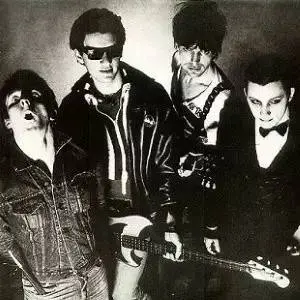
December brought a moment of punk philosophy in visual form: Sideburns’ now-iconic “three chord” comic strip. The message was simple—if you know three chords, you can start a band. It became punk’s unofficial mission statement.
The Roxy, a club in London, launched its “First 100 Days” series in December 1976, hosting nightly performances by bands like Generation X, The Heartbreakers, and The Clash. These performances became the foundation of British punk, shaping a scene that still influences modern music education.
FAQs
Q1: What makes punk sheet music different from other genres?
Its simplicity. Punk songs often use three chords, making them easy to learn and ideal for beginner musicians using easy sheet music.
Q2: Can beginners follow punk songs through piano online lessons?
Yes, many platforms offer structured piano online lessons that simplify punk classics for learners at all levels.
Q3: Where can I find beginner-friendly punk piano notes?
Sites like SheetMusicGo provide downloadable piano notes and arrangements for iconic punk tracks, perfect for practicing and performing.

